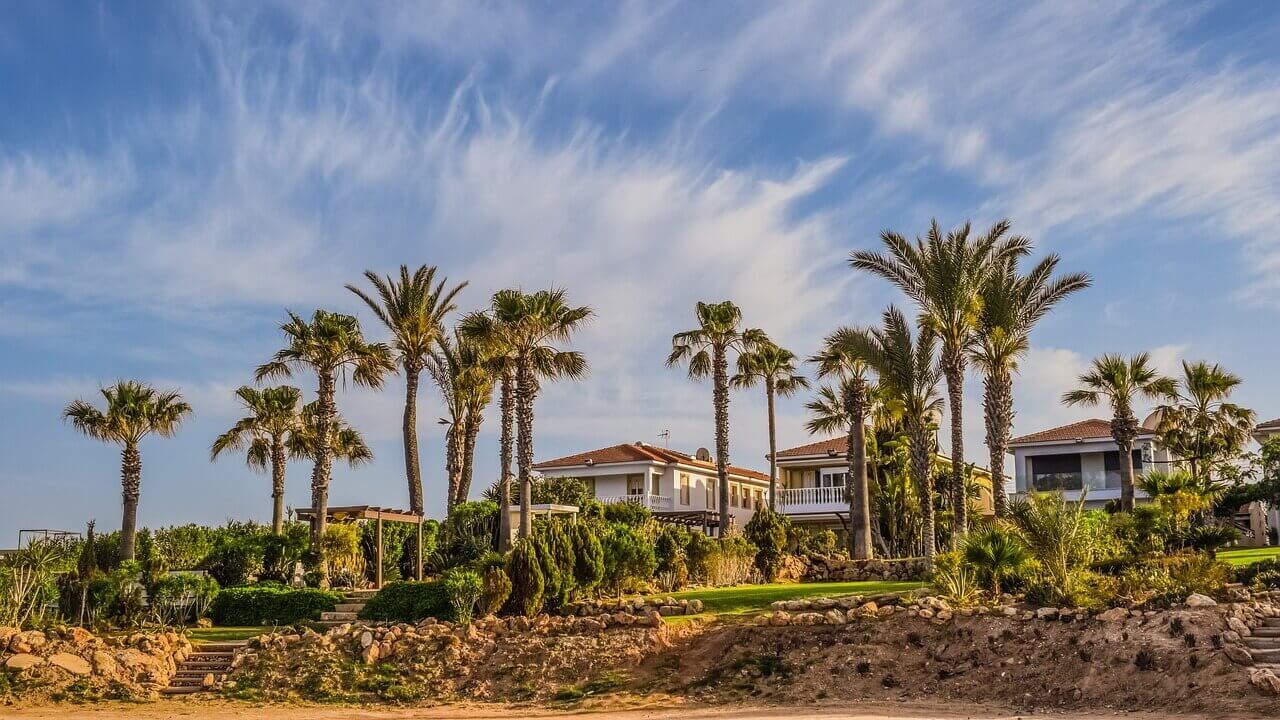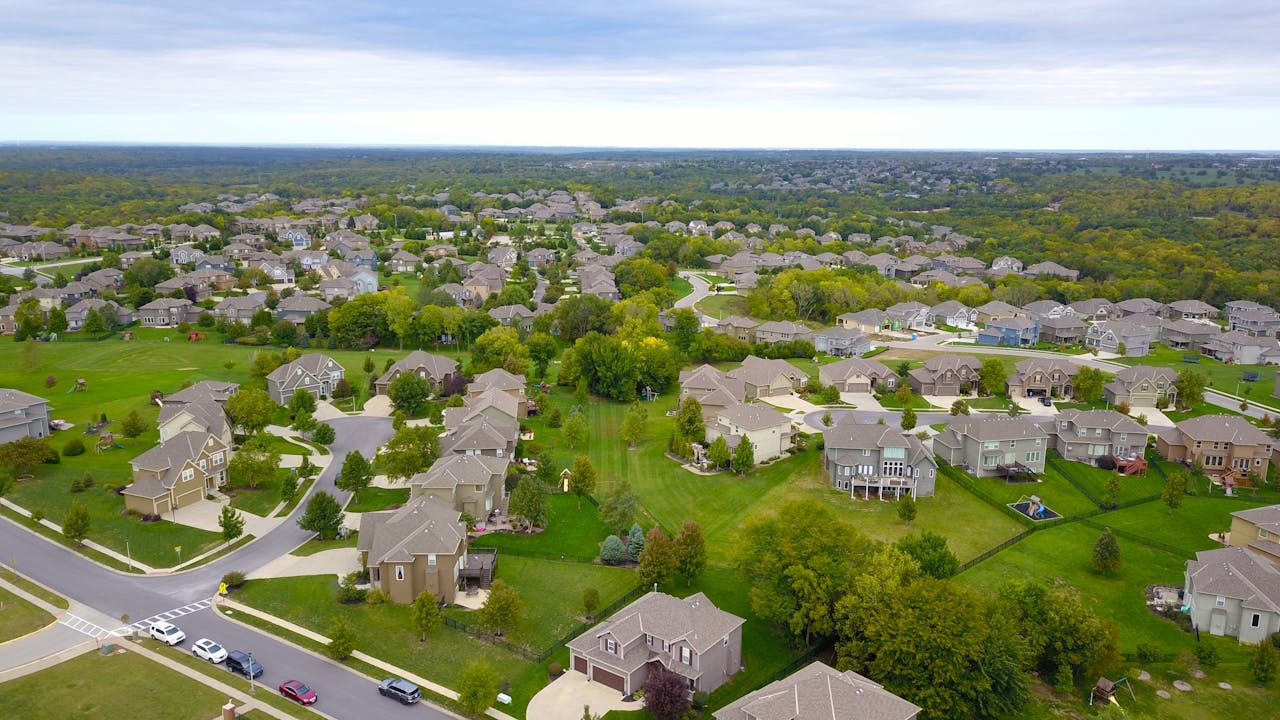How to Ensure Your Second Home Fits Your Needs
Purchasing a second home is an exciting venture that provides a retreat from everyday life and a potential investment for the future. However, ensuring that this additional property truly fits your needs requires careful planning and consideration. From location and amenities to financial viability and long-term goals, several factors influence the perfect fit. This blog aims to guide you through the essential steps and considerations to help you make an informed decision about your second home, ensuring it becomes a cherished haven and a wise investment.

Location, Location
The location of your second home is arguably the most crucial factor to consider. It determines not only the convenience and accessibility but also the overall experience of your retreat. Start by evaluating how far you are willing to travel. A location that is too far might not be practical for frequent visits, while one that is too close might not provide the escape you are seeking.
Ask experts for advice on suitable locations based on your preferences, such as proximity to the beach, mountains, or city life. Whether that's experts in French real estate or experts on Italian property. Additionally, consider the climate, local culture, and potential for rental income if you plan to rent out your property when not in use. It's also essential to research any potential development plans in the area that could affect your enjoyment or investment value of the property.
Assessing Financial Viability
Before diving into the purchase of your second home, it's imperative to assess the financial viability of this significant investment. Start by reviewing your current financial status, including your income, expenses, and existing debt obligations. This evaluation will help you determine how much you can comfortably afford for a second property without overstretching your budget. Consulting a financial advisor can provide valuable insights and help you navigate the complexities of financing a second home. Additionally, be sure to take into account other associated costs such as property taxes, insurance, maintenance, and potential homeowners association (HOA) fees.
If you plan to rent out your second home when not in use, forecast potential rental income and factor this into your financial calculations. Understand the peak seasons and rental demand in your chosen location, which can significantly impact your rental earnings. Researching rental rates of similar properties in the area can provide a realistic estimate of your potential rental income. Consider whether you will need to hire a property management company to handle rentals and maintenance, as their fees can affect your overall profitability. By thoroughly assessing these financial aspects, you can ensure that purchasing a second home is both a rewarding and sustainable investment.
Aligning with Long-Term Goals
To ensure that your second home remains a valuable asset over time, it is essential to align this investment with your long-term goals. Begin by outlining your plans and how the second home fits into them. For example, consider whether the property is intended as a retirement retreat, a vacation spot, or a legacy to pass on to future generations. Each purpose may necessitate different attributes in a property, such as accessibility features for aging in place, proximity to family, or potential for appreciation in value.
Consider how your lifestyle may change over time. Families with young children might prioritize properties near kid-friendly amenities now, but those needs may shift as the children grow older. Conversely, if you anticipate wanting a quieter, more secluded environment as you age, it's prudent to factor this into your location choices.

Evaluating Potential Rental Income
When considering the purchase of a second home, evaluating potential rental income is paramount, particularly if you intend to offset costs by renting out the property. Begin by conducting market research to understand the rental landscape in your chosen location. Investigate average rental rates for comparable properties, considering factors such as size, amenities, and proximity to attractions. Platforms like Airbnb, VRBO, and local real estate listings can provide a wealth of information about prevailing rental prices and occupancy rates.
It's also important to factor in seasonality when forecasting rental income. Many vacation destinations experience peak seasons where demand—and rental rates—significantly increase. Conversely, off-peak seasons might see reduced interest, affecting your overall rental yield. By analyzing occupancy trends and setting realistic expectations for both high and low seasons, you can develop a more accurate projection of annual rental income.
Think about the expenses related to leasing your property. Expenses such as cleaning services, utilities, property management fees, and marketing should be accounted for in your financial projections. If you plan to hire a property management company to handle bookings and maintenance, be sure to thoroughly vet their services and fees. This added convenience can potentially enhance your rental success but will also reduce your net income.
Purchasing a second home requires careful consideration and planning to ensure it fits your needs and provides a sustainable investment. By evaluating factors such as location, financial viability, long-term goals, and potential rental income, you can make an informed decision that aligns with your lifestyle and goals. Remember to consult experts for advice and thoroughly research the local market before making any decisions. With proper planning and due diligence, your second home can become a cherished retreat and a valuable asset for years to come.